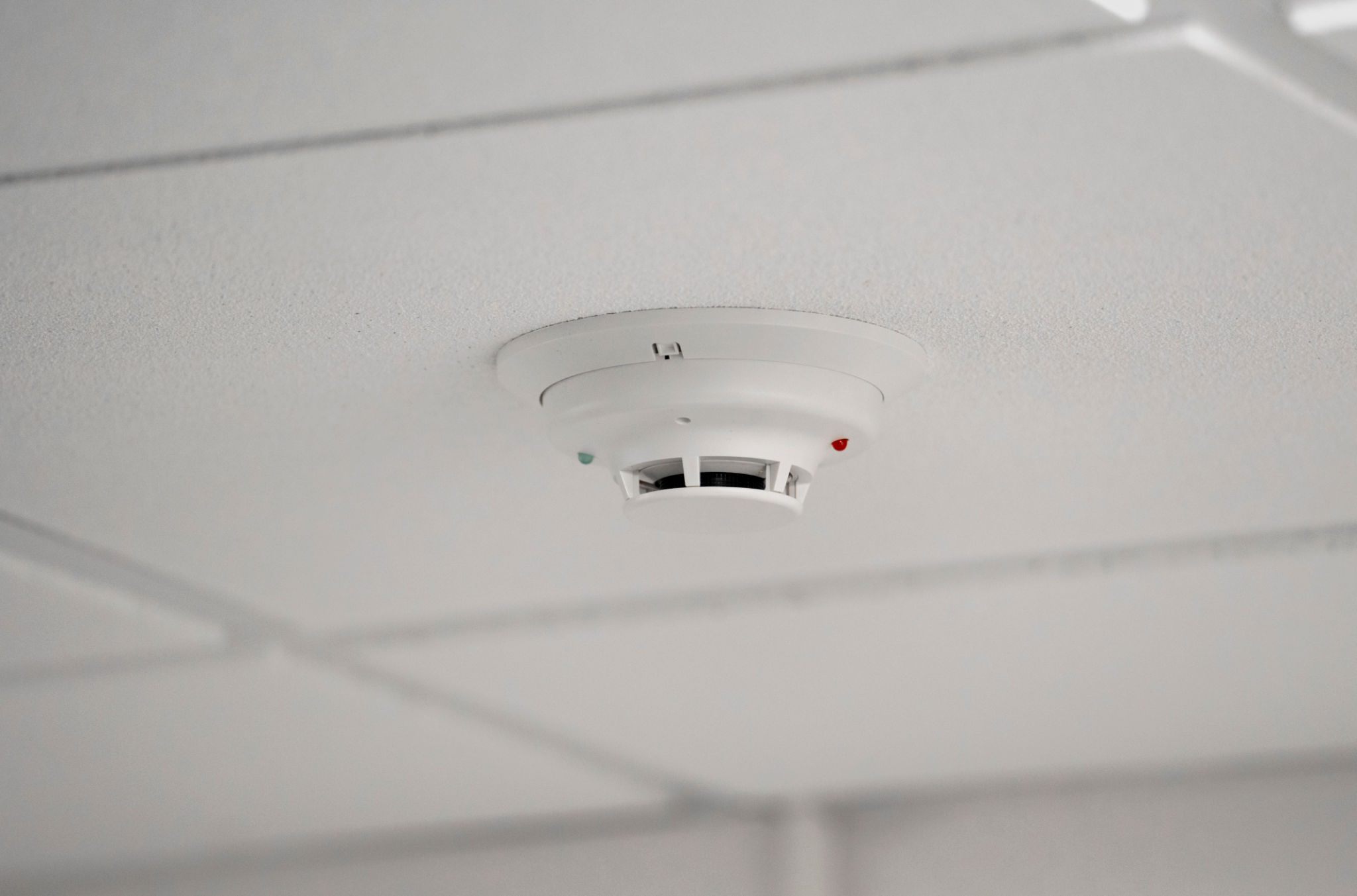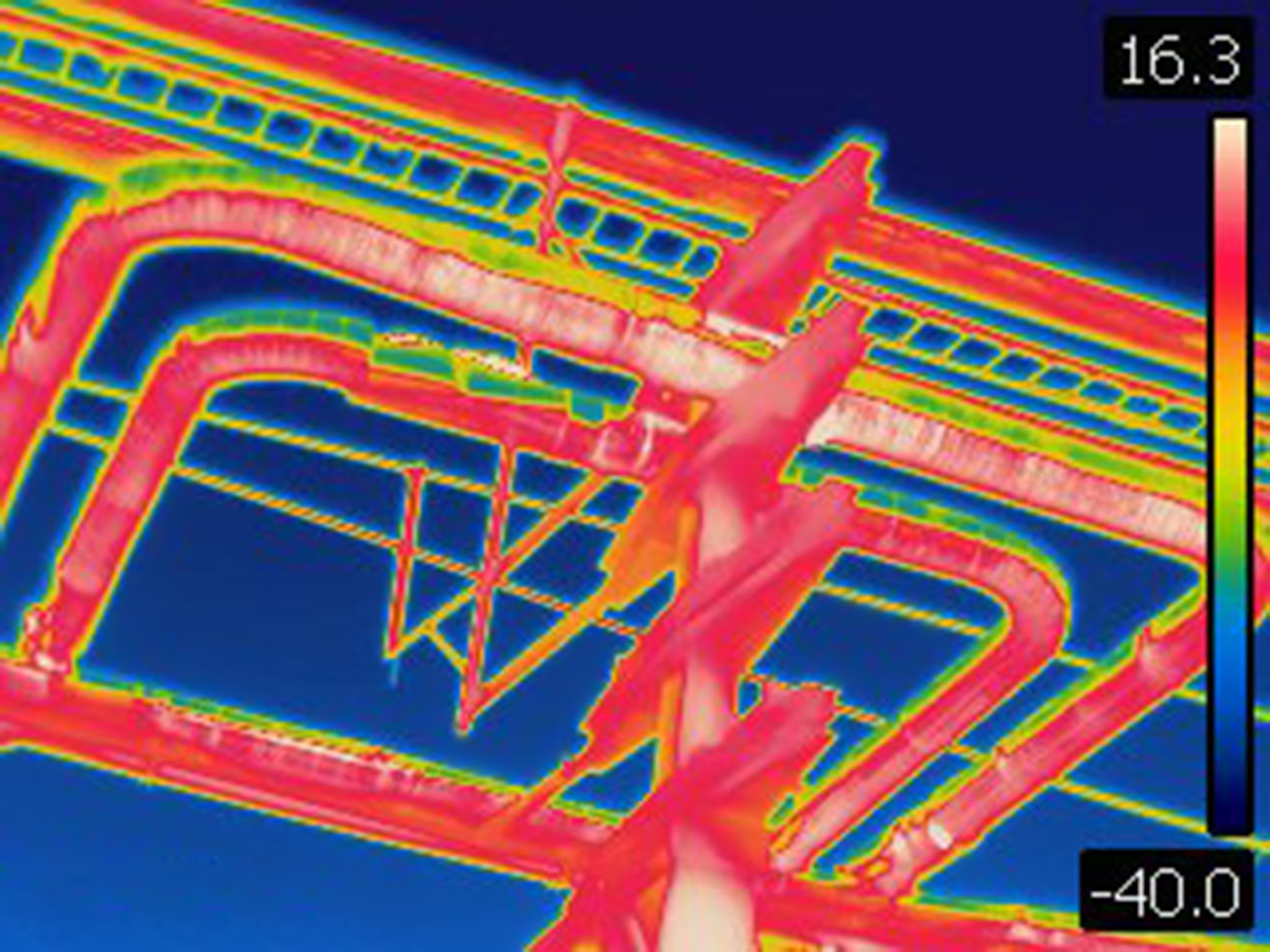How Advanced Fire Detectors Work: A Comprehensive Guide
Introduction to Advanced Fire Detectors
Fire detection technology has evolved significantly over the years, providing enhanced safety and protection for homes and businesses. Advanced fire detectors are designed to detect fires more quickly and accurately, reducing response times and potentially saving lives and property. These sophisticated systems employ a variety of technologies and strategies to ensure the highest level of safety.
Understanding how these advanced detectors work can help you make informed decisions about the fire safety measures you implement in your environment. In this guide, we will explore the different types of advanced fire detectors and the technologies that drive their impressive capabilities.

Types of Advanced Fire Detectors
There are several types of advanced fire detectors, each utilizing different technologies to detect fires. These include:
- Smoke Detectors: Utilize photoelectric or ionization sensors to detect smoke particles in the air.
- Heat Detectors: Trigger an alarm when a rapid increase in temperature is detected.
- Flame Detectors: Use infrared or ultraviolet sensors to detect the presence of flames.
Each type has its own advantages, and often, a combination of these detectors is used to provide comprehensive coverage. Selecting the right type of detector depends on the specific needs and conditions of the space being protected.

The Technology Behind Advanced Fire Detectors
Modern fire detectors incorporate a range of technologies that enable them to detect fires more accurately and efficiently. Some of the most common technologies include:
- Optical Sensors: These sensors use light beams to detect smoke particles. When smoke enters the detector, it scatters the light beam, triggering the alarm.
- Ionization Sensors: These use a small amount of radioactive material to ionize the air in the detection chamber. When smoke enters, it disrupts the ionization process, causing the alarm to sound.
- Thermal Imaging: Advanced heat detectors may use thermal imaging technology to detect heat patterns associated with fires, providing early warnings before flames are visible.

Integration with Smart Technology
In today's connected world, many advanced fire detectors are integrated with smart technology. This allows them to communicate with other smart devices in your home or business. For instance, if a fire is detected, the system can automatically alert emergency services or send notifications to your smartphone, ensuring a rapid response even if you are not on-site.
Additionally, smart fire detectors can be integrated with home automation systems, allowing for automatic adjustments to ventilation systems or the unlocking of exit doors to facilitate safe evacuation.

Maintenance and Testing of Fire Detectors
To ensure optimal performance, it is crucial to regularly maintain and test fire detectors. This involves:
- Regular Cleaning: Dust and debris can interfere with a detector's sensors, leading to false alarms or failures.
- Battery Checks: Replace batteries at least once a year, or as recommended by the manufacturer.
- Routine Testing: Test each detector monthly by pressing the test button to ensure it is functioning correctly.
A well-maintained fire detection system is a critical component of an effective fire safety strategy.

The Importance of Professional Installation
While advanced fire detectors offer powerful capabilities, their effectiveness relies heavily on proper installation. It is often recommended to have these systems professionally installed by certified technicians who can assess your specific needs and ensure that all components are correctly positioned and configured.
A professional installation also includes guidance on how to use and maintain the system effectively, providing peace of mind that your space is protected by a reliable fire detection system.
Conclusion: Enhancing Safety with Advanced Fire Detection
Advanced fire detectors represent a significant advancement in fire safety technology. By understanding how these systems work and ensuring they are properly installed and maintained, you can significantly enhance the safety and security of your home or business. Whether integrated into a smart system or used as standalone devices, these detectors provide an essential line of defense against the devastating impact of fires.
Investing in advanced fire detection technology is not only a wise decision but also a crucial step towards safeguarding what matters most to you.
